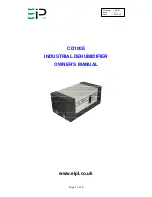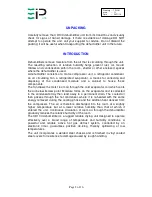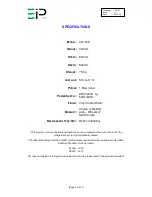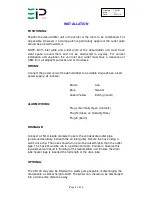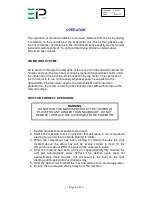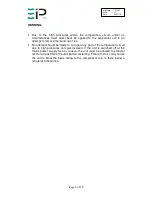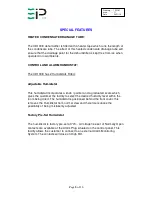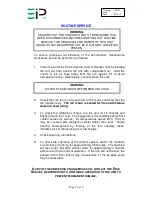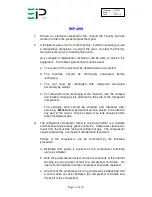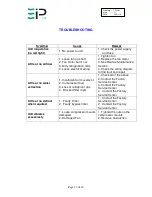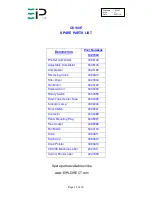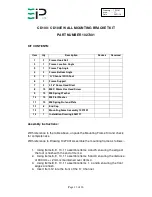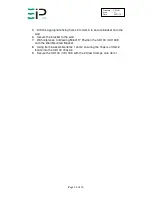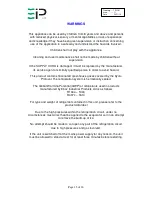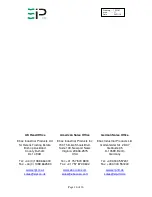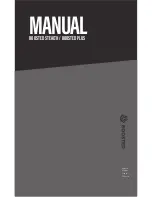
Page 2 of 16
Drawing : - TPC181
Issue
: - 11
Date
: - 24/11/16
UNPACKING
Carefully remove the CD100 dehumidifier unit from its transit box and visually
check for signs of transit damage. If there is evidence of damage DO NOT
attempt to operate the unit, call your supplier for advice. Do not discard the
packing; it will be useful when transporting the dehumidifier unit in the future.
INTRODUCTION
Dehumidifiers remove moisture from the air that is circulating through the unit.
The resulting reduction of relative humidity helps prevent rust, rot, mould,
mildew and condensation within the room, shelter or other enclosed spaces
where the dehumidifier is used.
A dehumidifier consists of a motor-compressor unit, a refrigerant condenser,
an air circulating fan, a refrigerated evaporator, a means for collecting and
disposing of the condensed moisture and a cabinet to house these
components.
The fan draws the moist room air through the cold evaporator coil which cools
the air below its dew point. Moisture forms on the evaporator and is collected
in the condensate tray then lead away to a permanent drain. The cooled air
then passes through the hot condenser, where it is re-heated with the same
energy removed during the cooling phase and the addition heat derived from
the compressor. The air is therefore discharged into the room at a slightly
higher temperature but at a lower relative humidity than that at which it
entered the unit. Continuous circulation of room air through the dehumidifier
gradually reduces the relative humidity of the room.
The CD100 dehumidifier is a rugged reliable drying unit designed to operate
effectively over a broad range of temperature and humidity conditions. A
powerful and reliable active hot gas defrost system, controlled by an
electronic timer, guarantees positive de-icing, thereby optimizing at low
temperatures.
The unit incorporates a welded steel chassis and is finished in vinyl coated
steel covers for resilience to damage caused by rough handling.

